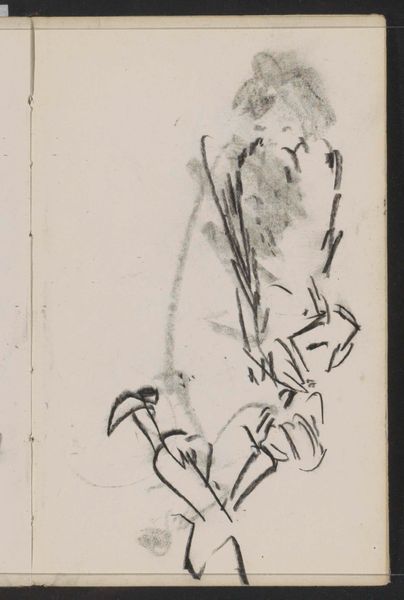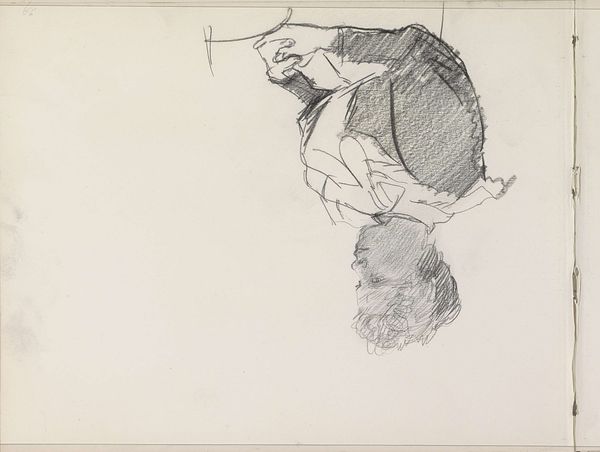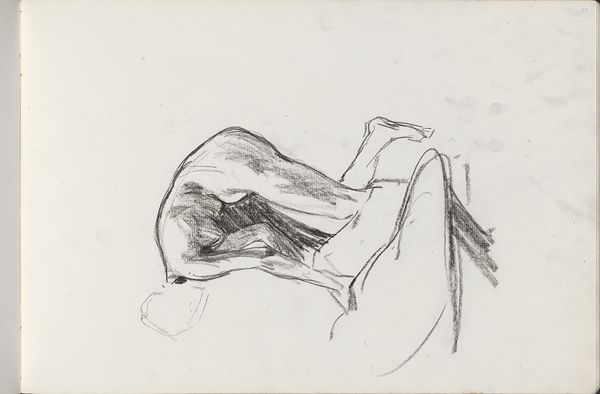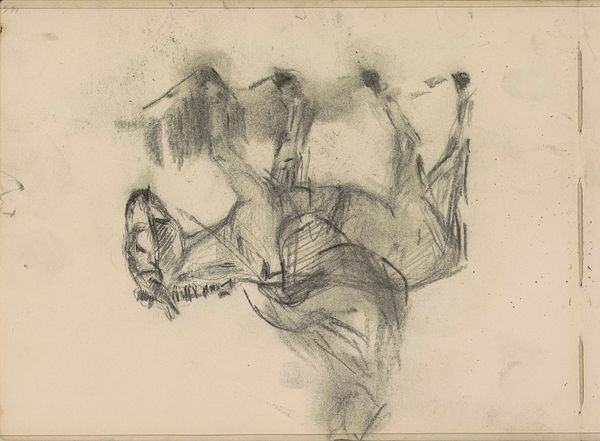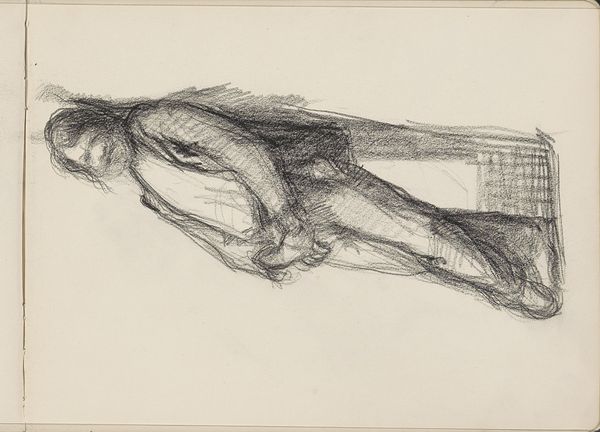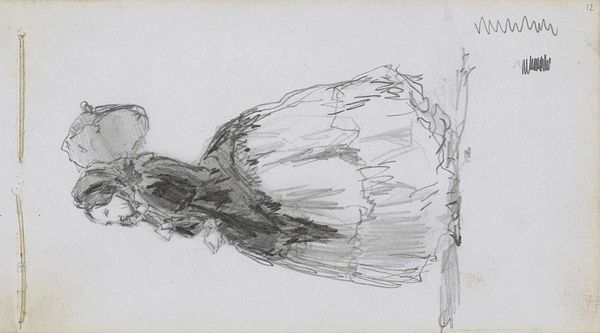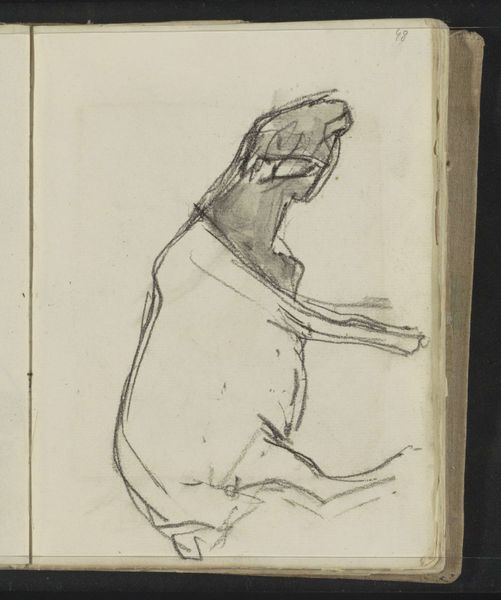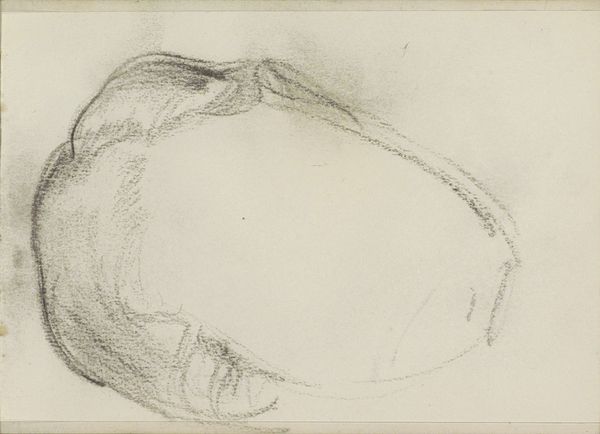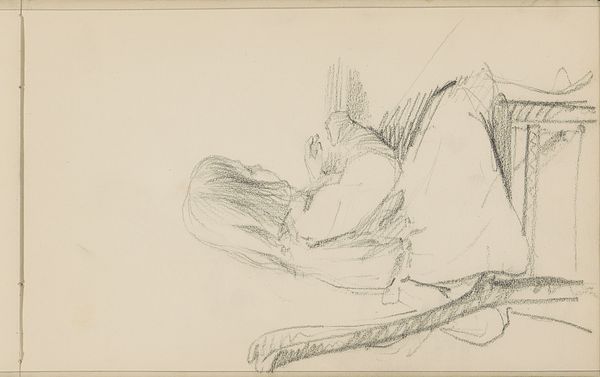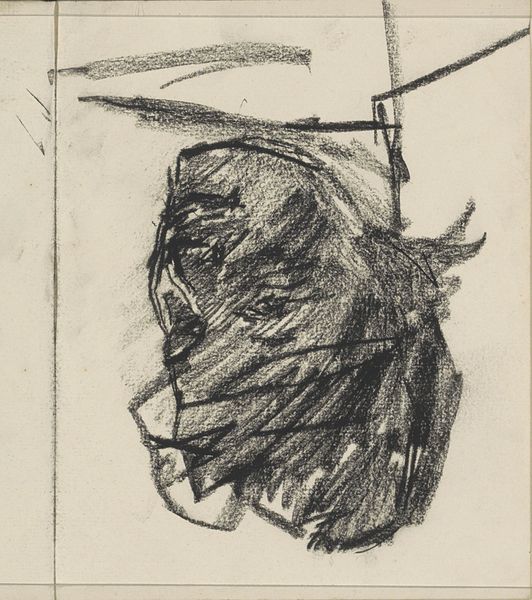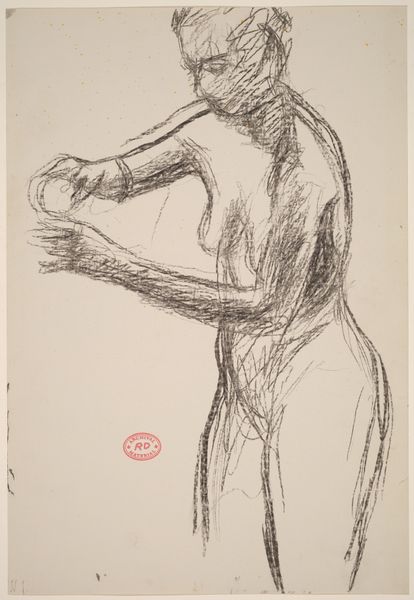
drawing, pencil
#
portrait
#
drawing
#
pencil sketch
#
pencil
#
pencil work
#
realism
Copyright: Rijks Museum: Open Domain
Curator: Here we have Otto Verhagen's "Liggende dromedaris," created in 1940 using pencil on paper. Editor: It strikes me as a very intimate portrait. There's a tenderness in the way the artist has captured the animal's relaxed posture. Almost melancholy. Curator: Knowing the historical context, it’s interesting to view this dromedary drawing. Created during World War II, a period of immense social and political upheaval. Does the choice of subject perhaps represent a form of escapism, or perhaps a quiet contemplation on otherness? Editor: Possibly. I see how you are thinking that through. I'm more drawn to the artistry. The shading is quite skilled; Verhagen creates a remarkable sense of volume with very delicate lines. How do you feel this work sits within the broader scope of animal portraiture during that era? Curator: During times of immense suffering, focusing on animal portraiture, especially those perceived as foreign, was an avenue of artistic resistance. I wouldn't claim it as unique for the period, although within its form of presentation, there is that air of otherness which links it strongly to broader political commentary. Think about how artists presented otherness, even within landscapes or scenes from daily life... Editor: It's hard not to see it in the art of the period, definitely. Do you find its creation as pencil on paper significant? Curator: Definitely. Inexpensive materials signal a focus on accessibility, and aligns with how resources would have been limited. It reminds us that art-making continues regardless of socio-economic constraints, finding creative ways in challenging climates. I consider how this piece becomes, unintentionally, part of the art world's war efforts simply by its creation in that moment. Editor: A quiet act of defiance, perhaps? A grounding point. I came to it seeking only aesthetics. Your perspective encourages a powerful contextualisation of the moment that it came into being. Curator: Precisely. Viewing art as interconnected with its context offers deeper interpretive avenues. Editor: Thanks, I can leave with this newfound respect. Curator: Indeed, these nuances enrich how we engage and discover even quiet pieces such as this one.
Comments
No comments
Be the first to comment and join the conversation on the ultimate creative platform.
